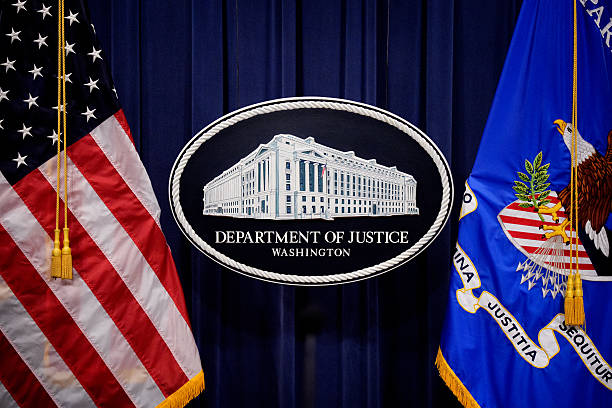ROCHESTER, N.Y. — A federal jury recently convicted Ji Wang, a 63-year-old resident of Painted Post, N.Y., on serious charges including economic espionage and theft of critical U.S. technology. The case highlights the ongoing challenges and legal complexities surrounding intellectual property, especially in a global context where technology and national security intersect.
Wang’s conviction is particularly pivotal as it revolves around sensitive information related to Fiber Laser research conducted by Corning Incorporated, one of the United States’ leading technology and manufacturing companies. While employed on a military defense project, Wang’s actions raised alarms about the vulnerability of vital technological advancements and their potential exploitation.
Originally from China, Ji Wang immigrated to the United States in 1998 with a clear aim: to contribute his expertise to Corning Incorporated. His professional journey included significant involvement in a joint research and development project backed by the Defense Advanced Research Projects Agency (DARPA) between 2002 and 2007. This ambitious initiative, worth $11.4 million, was strategically designed to innovate optical fibers for high-powered lasers, which could be transformative in both military and commercial applications.
The stakes were high for the DARPA project, as the technology being developed aimed to create advanced laser systems capable of neutralizing drones and missiles. This technology is not just a matter of military strategy; it represents the forefront of scientific advancements crucial to national security.
However, the story took a dramatic turn around July 1, 2016, when Wang downloaded hundreds of confidential files containing non-public data generated during the DARPA project. This significant breach involved trade-secret manufacturing protocols that could have allowed him to recreate a variety of specialty optical fibers, including those critical for fiber laser applications.
Notably, just ten days before the theft, Wang applied for the prestigious Thousand Talents Plan Award, a Chinese government initiative designed to lure overseas experts in science and technology. This coincidence raised red flags regarding Wang’s intentions, as this program has often been scrutinized for its role in facilitating technology transfer from the United States to China. It underscores the broader concern about foreign influence on American technological advancements.
In the following years, Wang engaged in negotiations with Chinese government officials, expressing interest in establishing a specialty fiber business in China. His proposals included the potential military applications of the specialty fibers he sought to exploit. The implications of such intentions were profound; had these negotiations succeeded, Wang stood to gain tens of millions in investment funds.
U.S. law enforcement intervened effectively, disrupting Wang’s attempts to leverage the stolen technology for personal gain. The investigation, led by special agents from the Federal Bureau of Investigation, underscored the proactive measures taken to combat economic espionage and protect U.S. intellectual property.
The charges against Ji Wang were serious: he was convicted of two counts of economic espionage, one count of theft of trade secrets, one count of attempted economic espionage, and one count of attempted theft of trade secrets. The legal ramifications of these convictions are severe, with economic espionage carrying a maximum penalty of 15 years in prison and theft of trade secrets potential sentencing of up to 10 years.
Assistant Attorney General for National Security John A. Eisenberg and U.S. Attorney Michael DiGiacomo for the Western District of New York announced the guilty verdict on November 5, 2025. With sentencing scheduled for April 15, 2026, this case not only reveals the complexities behind individual actions but also serves as a broader warning about the safeguarding of technology in an increasingly interconnected world.



